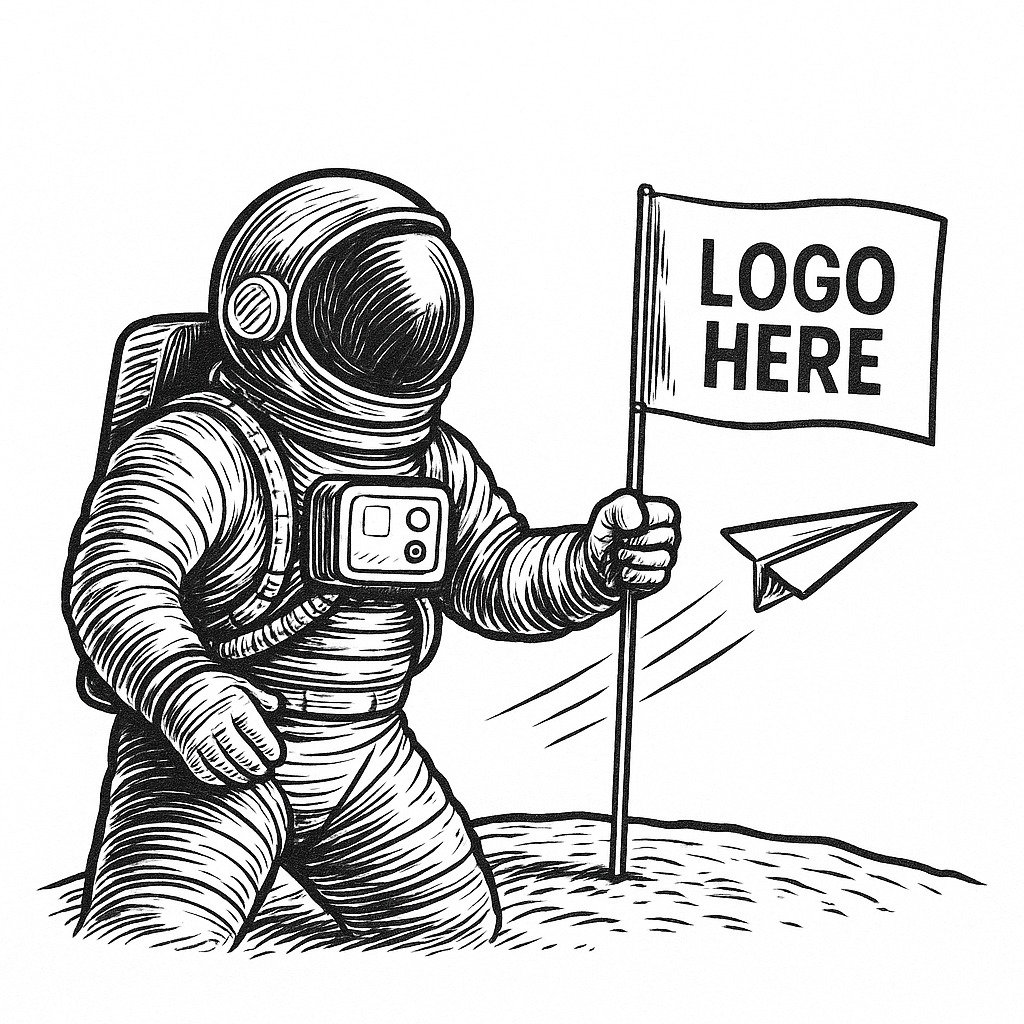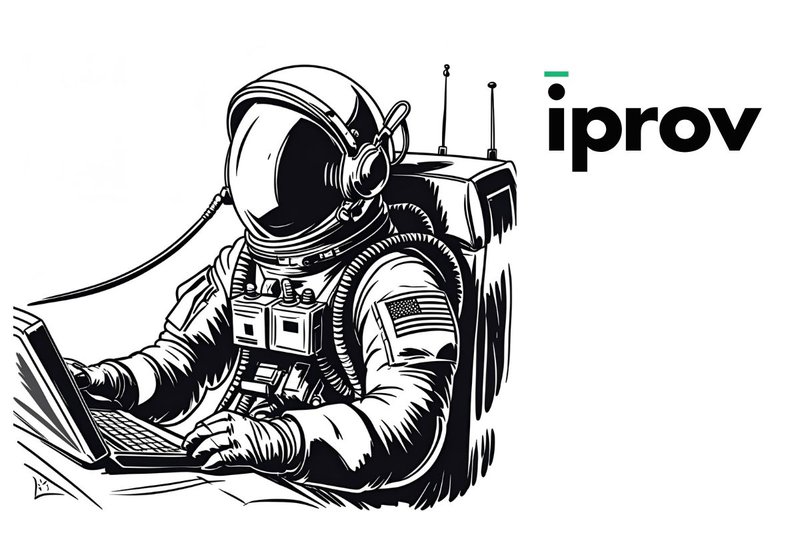
Brand messaging strategy is essential. If your brand message is “clear enough,” it’s not clear enough. Without a smart strategy, you risk getting lost, and your ideal clients won’t hear you. We work with business owners like you daily, and most of them aren’t sure what brand messaging is or how to use it. Let’s fix that—starting now.
Key Takeaways:
- A brand messaging strategy is a clear plan to communicate a brand’s value and identity using a consistent tone and language.
- Brand messaging differs from positioning: positioning defines your stance; messaging communicates it to your audience.
- Core components include: mission, vision, values, brand voice, and value proposition.
- Emotional messaging builds trust and recall by connecting with customer feelings.
- Value propositions should focus on customer benefits, not product features.
- Messaging maps and playbooks keep communication clear and unified.
- Storytelling creates emotional loyalty and stronger memory.
- Voice defines personality; tone adjusts by context. Consistent use builds trust.
- Messaging should adapt to customer stages and reflect brand or audience changes.
- Templates and guides help maintain consistency, clarity, and faster alignment.
- Real-world examples (e.g. Dove, Red Bull, L’Oréal) show the value of strong, action-focused messages.

What Is a Brand Messaging Strategy and Why Does It Matter?
A brand messaging strategy defines how a brand communicates its identity and values. It ensures consistency across websites, ads, emails, and posts, making a brand familiar and trustworthy.
Definition of a Brand Messaging Strategy
A brand messaging strategy is a comprehensive plan detailing how a company communicates its story and value proposition. This includes tone, word choices, and key value explanations, while also determining what to exclude. This approach makes the brand’s message clear, comprehensible, and trustworthy. Consistent messaging aligned with brand values like honesty fosters trust.
Importance of a Core Brand Message in Branding Efforts
A core brand message is the brand's central promise distilled into one line, helping consumers understand its essence. This foundational message underpins all marketing efforts, ensuring the brand remains coherent and memorable. Without a strong core message, a brand can appear unfocused and forgettable, risking its long-term stability. Explore more in our brand strategy framework.
Impact of Emotional Brand Messaging on Customer Trust and Loyalty
Emotional brand messaging builds connections by understanding and reflecting customer emotions like fear, joy, pride, or safety. Campaigns like Dove’s “Real Beauty” resonate because they convey relatable beliefs, rather than just selling products. Studies show that people spend more and have better recall when they feel understood. Consistent messaging, aligned with emotional truths, enhances trust and loyalty.
Brand messaging is more than slogans; it's about conveying belief with importance and authenticity.
How Is Brand Positioning Different From Brand Messaging Strategy?
Brand positioning highlights what makes you distinct, while a brand messaging strategy explains who you are and how you help.
Key Differences Between Brand Positioning and Brand Messaging Strategy
Positioning defines your market point; messaging explains it publicly.
- Positioning: Begins within the team. It sets focus, defines who you help, and why you're the better option. This drives your brand's choices. More insights can be found in this guide on brand positioning.
- Messaging Strategy: Brings positioning to the surface using tone, phrases, and storytelling across all content, such as social posts and sales pages.
Example:
- Positioning: “For nurses who need all-day support, we make shoes that relieve pressure and keep feet dry.”
- Messaging: “Power through your shift. Dry. Cushioned. Built for long days on your feet.”
One sets direction; the other creates engagement.
How It Supports and Reflects Brand Positioning
A messaging strategy translates key ideas into simple, relatable language that aligns with your brand's voice and values.
- If courage and kindness are core values, all communication—from photos to copy—should reflect these. Mismatched values and messaging can erode trust.
Great brands ensure alignment. Refer to these company values for examples. If boldness is claimed, boldness should be communicated.
When to Evolve Messaging Strategy Vs. Reposition Your Brand
- Evolve Messaging Strategy: When audience or product shifts occur, adjust messaging to maintain alignment without changing core positioning.
- Reposition Your Brand: When there is a fundamental change in brand direction, a complete repositioning is necessary.
Example:
- Switching from selling desks for kids to fitness tools requires repositioning.
- Adjusting from adult to children’s desks only requires a messaging update.
Before making changes, consider audience, market, and team input to ensure alignment without unnecessary changes.
Summary
- Positioning: Sets internal direction.
- Messaging Strategy: Brings the strategy to life outwardly.
- Alignment: Consistency across both builds trust and business success.
Essential Elements of a Brand Messaging Strategy Framework
A brand messaging strategy framework consists of five critical components: mission, vision, values, brand voice, and a compelling value proposition. These elements ensure message alignment.
Key Components of a Brand Messaging Strategy Framework
A brand messaging strategy framework must include the following:
Mission outlines what the brand does and its current significance. For example, a local bakery might express, “We craft fresh bread to bring joy to your table.”
Vision describes the long-term objectives. An example could be: “To become every family’s favorite loaf,” providing forward-thinking guidance for teams.
Values determine behavior. Attributes such as bold ideas, empathy, or reliability shape the brand’s tone and actions.
Voice establishes tone and language choice. A playful brand may incorporate puns, while a caring brand should sound gentle. Inconsistent tone can confuse audiences.
Value Proposition encapsulates the key offering. It defines what the brand delivers to customers and the reason they should care, supporting taglines without being identical.
Building Messaging Consistency Across Advertising and Marketing
Employ a style guide, unified voice, consistent phrases, and clear messaging goals. A single style guide across all teams ensures a cohesive brand voice.
Training is essential for all departments—from sales to support—to recognize tone discrepancies. If billboards are playful, emails should not be overly formal. Maintain a familiar tone across all channels.
Importance of Mission, Vision, and Value Proposition
These elements offer direction, resonate with the audience, and convey purpose. They clarify the brand’s identity and existence, removing ambiguity and shaping communication across formats.
For instance, if the mission is “help people save money,” but ads focus solely on speed, the messaging is misaligned. Ensure harmony by aligning ads with the mission: “Cut bills fast with smart tools.” Consistent messaging encourages listening and sharing.
Developing a Unique and Consistent Brand Voice in Brand Messaging Strategy
Imagine if your brand could speak—what would it sound like? The brand voice should resemble a real person, being clear, steady, and trustworthy.
Distinguishing Brand Voice and Tone
The brand voice embodies the brand's full personality.
Tone varies based on mood or situation.
Think of it like this: "Inspired and smart" describes the general voice. "How inspired and smart" the brand sounds when delivering a help article or a tweet reflects the tone. While the voice remains steady, the tone adapts.
Reinforcing Tone Consistency Through a Brand Voice Framework
A framework serves as a guide, including:
- Preferred words
- Words to avoid
- Appropriate sound across various situations
- How to incorporate values into language
With these guidelines, every message aligns with the brand. Writers, marketers, and even automated systems remain consistent.
To initiate:
- Identify three words that describe the brand voice
- Note common words or taglines always used
Apply these across channels. Review regularly and adjust as needed.
Enhancing Messaging Alignment with Voice and Tone Guidelines in Brand Messaging Strategy
A shared guide acts as a map, keeping everyone aligned. It minimizes confusion and fosters trust with the audience.
As brands grow, voice consistency may waver. A guide helps realign it.
Consider adding do’s and don'ts to enhance clarity:
- Do: Sound like a calm expert
- Don’t: Overuse jargon or slang
These examples provide teams with clear direction.
Strong voice consistency builds trust. When authenticity is maintained, audiences are more likely to engage.
Crafting a Strong Value Proposition and USP
A strong value proposition begins by addressing a core question: What problem is being solved?
Crafting an Effective Value Proposition
To create a compelling value proposition, clearly state what is being resolved, how it is done better than competitors, and provide proof. Emphasize customer gains rather than technical specifications.
An example is Gumroad’s message: “Get paid for your work,” which directly tackles a pain point. This has resulted in over $476 million earned by 91,000+ creators, showcasing trust and effectiveness.
Leading with customer-centric benefits rather than product details is crucial.
Why Communicating Benefits Outweighs Listing Features
Benefits illustrate how a customer’s life improves, which is ultimately what they purchase. For instance:
- “Fast storage” = feature
- “Open files in one click” = benefit
Features explain, but benefits connect. Effective messaging highlights gains like ease, confidence, or speed to drive action.
Examples of Effective USPs in Brand Messaging Strategy
Strong USPs are characterized by simplicity and truthfulness. Consider:
- Dollar Shave Club: “A great shave for a few bucks a month.”
- TOMS: “One for One.” Every pair sold, one donated.
These messages succeed by being concise, clear, and customer-oriented. To develop an impactful USP:
- Highlight improvements to life
- Keep it concise
- Support with tangible results
Clear, honest value prevails consistently.
Creating and Utilizing a Brand Messaging Map in Strategy
Role of a Brand Messaging Map in Brand Communication
A brand messaging map ensures consistent messaging across channels, keeping language and tone aligned. It starts with the main message, supported by 3–4 statements with evidence such as statistics, real-world examples, or customer testimonials.
Structuring a Message Hierarchy Using a Messaging Playbook
Begin with the core idea, such as: “We help teachers save time.”
Break it down into specific themes, like “Auto-grades homework,” “Communicates with parents,” and “Works on simple devices,” adding supporting proof through data, reviews, or testimonials.
A playbook should define what to say, the tone to use, and words to avoid. It is vital for onboarding and launching new initiatives to maintain voice alignment.
Templates for Efficient Messaging Documentation in Brand Messaging Strategy
Simple tables are effective, using columns for message layers, text, and examples. Visual layouts like pyramids or blocks can assist in building message maps swiftly.
Incorporating Storytelling
Why Storytelling Is Powerful
Storytelling is powerful because people remember stories better than facts. Stories evoke emotion and illustrate what a brand does, why it matters, and who it helps. For example, Dove promotes pride in self-image through real people and no filters, fostering loyalty. TOMS shares proof of helping real families, while Dollar Shave Club uses humor and honesty. Yeti shares adventure tales matching their gear. Each brand shows, not just tells.
Building a Story Around Your Mission
To build a story around your mission, start with your purpose. Define what your brand is trying to improve and who it aims to help. Keep the narrative simple and focused, highlighting what makes your approach unique. Tell one person’s story to create a memorable impact. Always tell the truth in a meaningful way, as details help people remember. Stories should activate your values and spark genuine emotion, making connections rather than tactical statements.
Aligning Internal and External Brand Messaging Strategy
Differences Between Internal and External Messaging Needs
Internal communications speak to the team, using direct language. External communications speak to customers and require a polished, public tone. Internal messaging builds team culture, while external messaging builds brand trust. Both must reflect the brand truth consistently.
Keeping Brand Messaging Strategy Aligned Across Platforms and Departments
Using a shared messaging guide ensures consistency in brand messaging strategy. This guide should encompass tone, voice, values, and sample stories. Employ message banks, scripts, and rules so all teams—from sales to social—stay in sync. Monthly reviews should be held to check for tone disconnects and ensure consistency across emails, ads, and updates.
Ensuring Consistency in Public and Internal Brand Messaging Strategy
Consistency in brand messaging strategy requires regular team training, as one session isn’t sufficient. The team culture must support the message; claims like “We care” are empty if the team doesn't reflect these values. Connect all brand touchpoints to one cohesive message map. With consistency across platforms like internal whiteboards and customer-facing social ads, trust is built. Message alignment becomes a shared responsibility, making the brand voice second nature.
Adapting Brand Messaging Strategy Over Time
As audiences and products evolve, so must the messaging. Even if the service remains unchanged, customers may grow older, alter roles, or face new challenges. Moreover, as businesses expand, introducing new products or targeting new segments, messaging must correspondingly adapt.
To adjust without losing core identity:
- Anchor in Values: Maintain steady values to ensure a consistent voice.
- Utilize Message Pillars: Use themes like trust or ease as stable anchors for new messages.
Successful Adjustments
- Airbnb transitioned from “rent a home” to “belonging” to “live and work anywhere,” maintaining core values while refreshing language.
- Dollar Shave Club added wellness to its humorous tone without shifting its core identity.
Adapting Channels and Testing
Messages should align with each medium—billboards may be loud, while emails should be more intimate. Testing small changes and tracking feedback are essential to continue evolving and staying relevant.
Best Practices for Building a Brand Messaging Strategy
Developing an effective strategy involves several key steps:
- Set Clear Goals: Define what the messaging aims to achieve, like increasing awareness or driving signups.
- Understand the Audience: Dive deep into audience values, preferences, and concerns through interviews and surveys.
- Define Consistent Voice: Align voice with brand values and maintain consistency.
- Craft Clear Messages: Opt for simplicity, like "We help you grow fast" instead of jargon-heavy alternatives.
Utilizing Templates and Guides
Templates streamline the process, ensuring standardization and quicker revisions through structured tone, phrasing, and layout.
Ensuring Clarity and Impact
Achieve clarity by understanding the audience, using direct language, testing frequently, and maintaining a unified tone. Competitor analysis helps refine positioning against industry benchmarks.
Supporting the Customer Journey
Tailor messaging to meet customers at various stages, from initial awareness to completion of purchase:
- Awareness Stage: Highlight pain points effectively.
- Consideration Stage: Educate with clear benefits and supportive evidence.
- Decision Stage: Build trust with proof, such as testimonials or guarantees.
Enhancing Conversions and Loyalty
Matching tone and evidence to each step of the journey is crucial, continuing engagement even post-purchase with follow-ups and personalized offers.
Effective Brand Messaging Strategy Examples
Brands like Dove, Red Bull, and L’Oréal excel through honesty, value adherence, and clear communication:
- Dove focuses on inner worth with authentic representation.
- Red Bull emphasizes action with globally impactful stunts like the space jump.
- L’Oréal maintains dignity and pride through enduring taglines.
Reflecting Brand Values in Launch Messages
Reflect brand values in launch strategies, such as Red Bull's vibrant gold summer edition or Volkswagen's emotional farewell to the Beetle.
Lessons from Strong Messaging
Effective messaging involves honesty, clarity, and emotional resonance, ensuring that every launch or update maintains brand alignment and audience connection.
Connect with iProv Today
When people see themselves in your story, they listen, and they stay. At iProv, we specialize in crafting compelling narratives that resonate with your audience and align with your business goals. By utilizing strategic digital marketing solutions, we ensure that your message reaches the right people at the right time. Whether it’s through website design, SEO, or engaging content creation, we tailor our services to your unique needs. Let us help tell your story effectively. Contact iProv now and start your journey towards business growth and success today.
